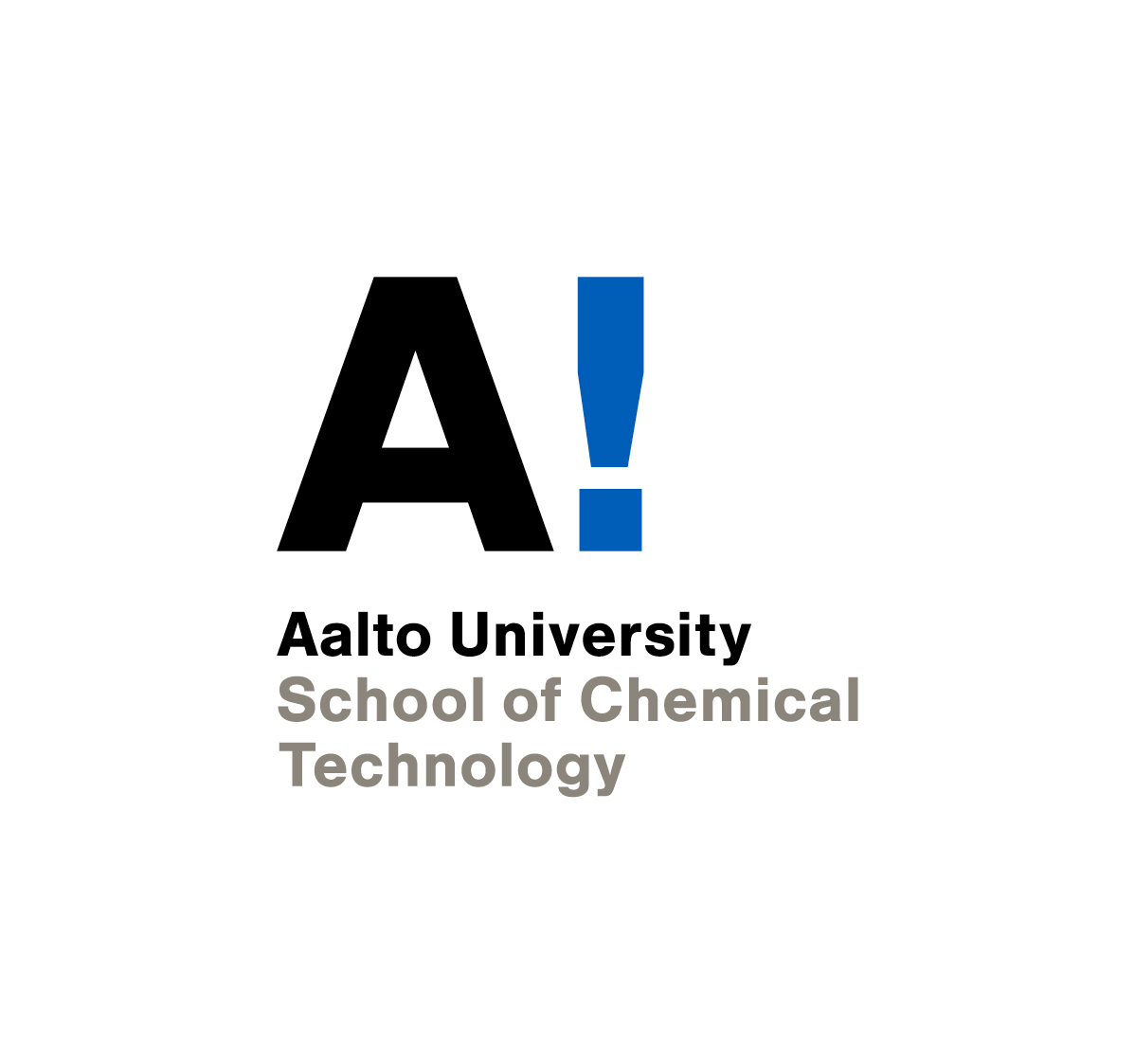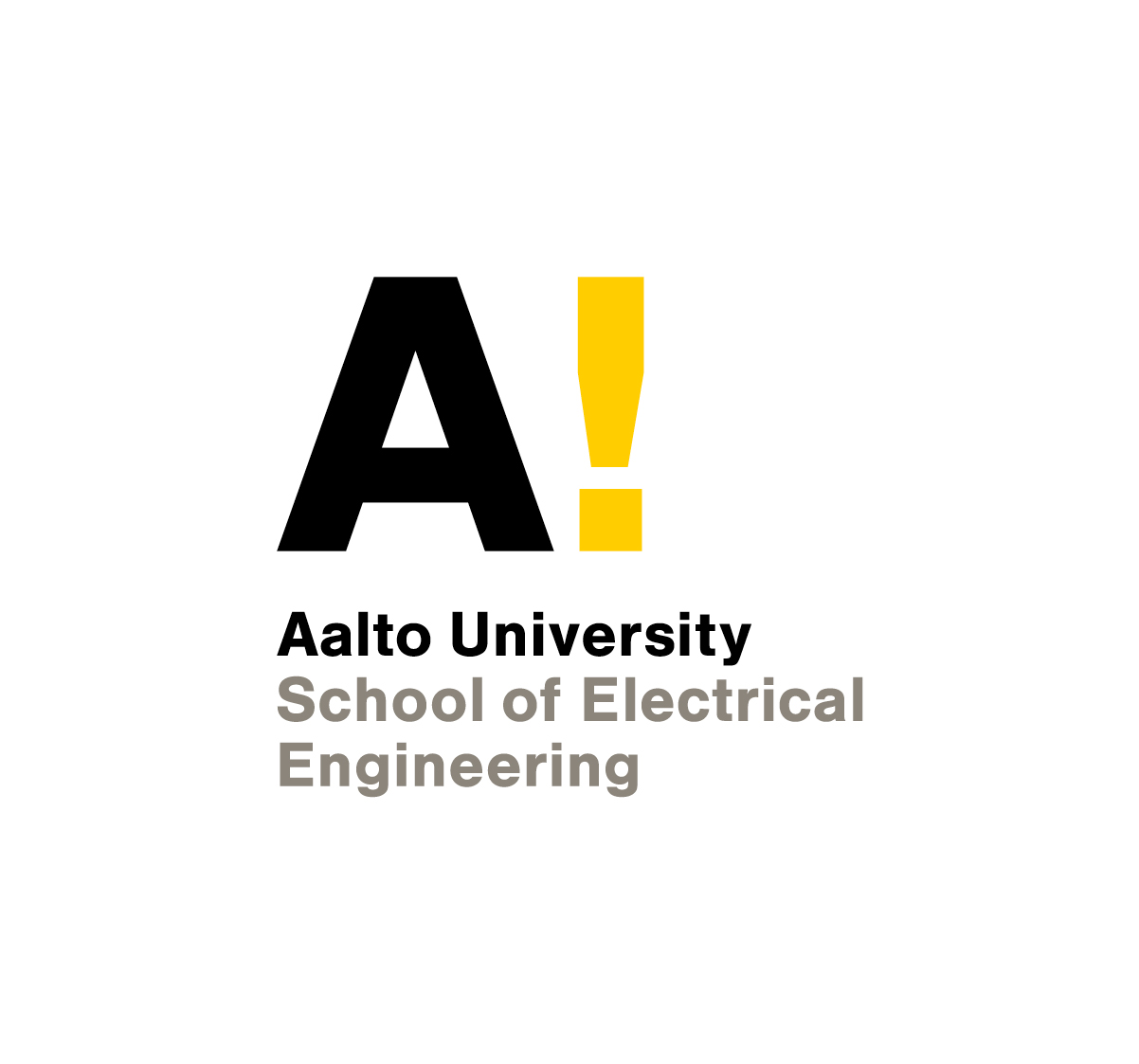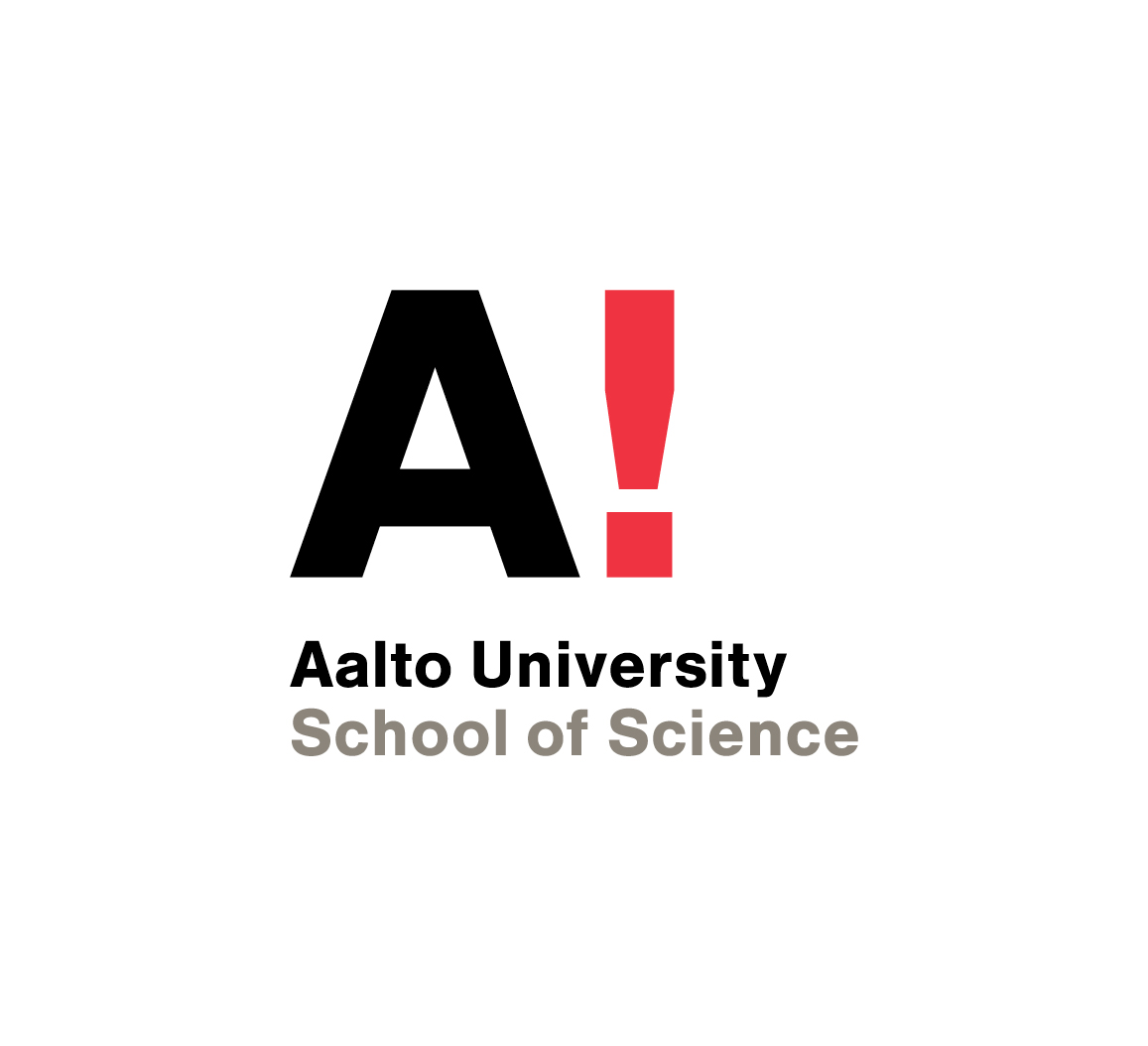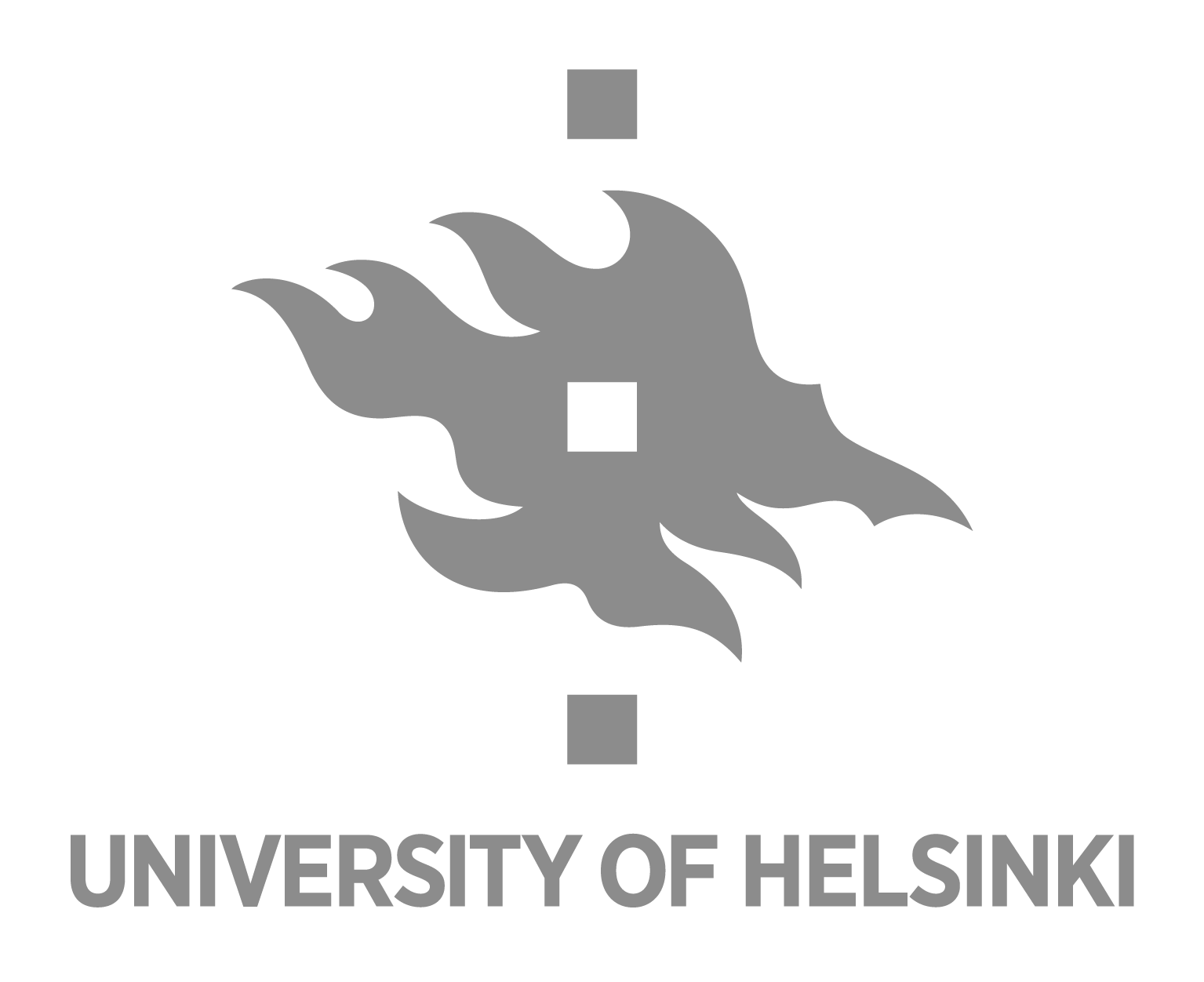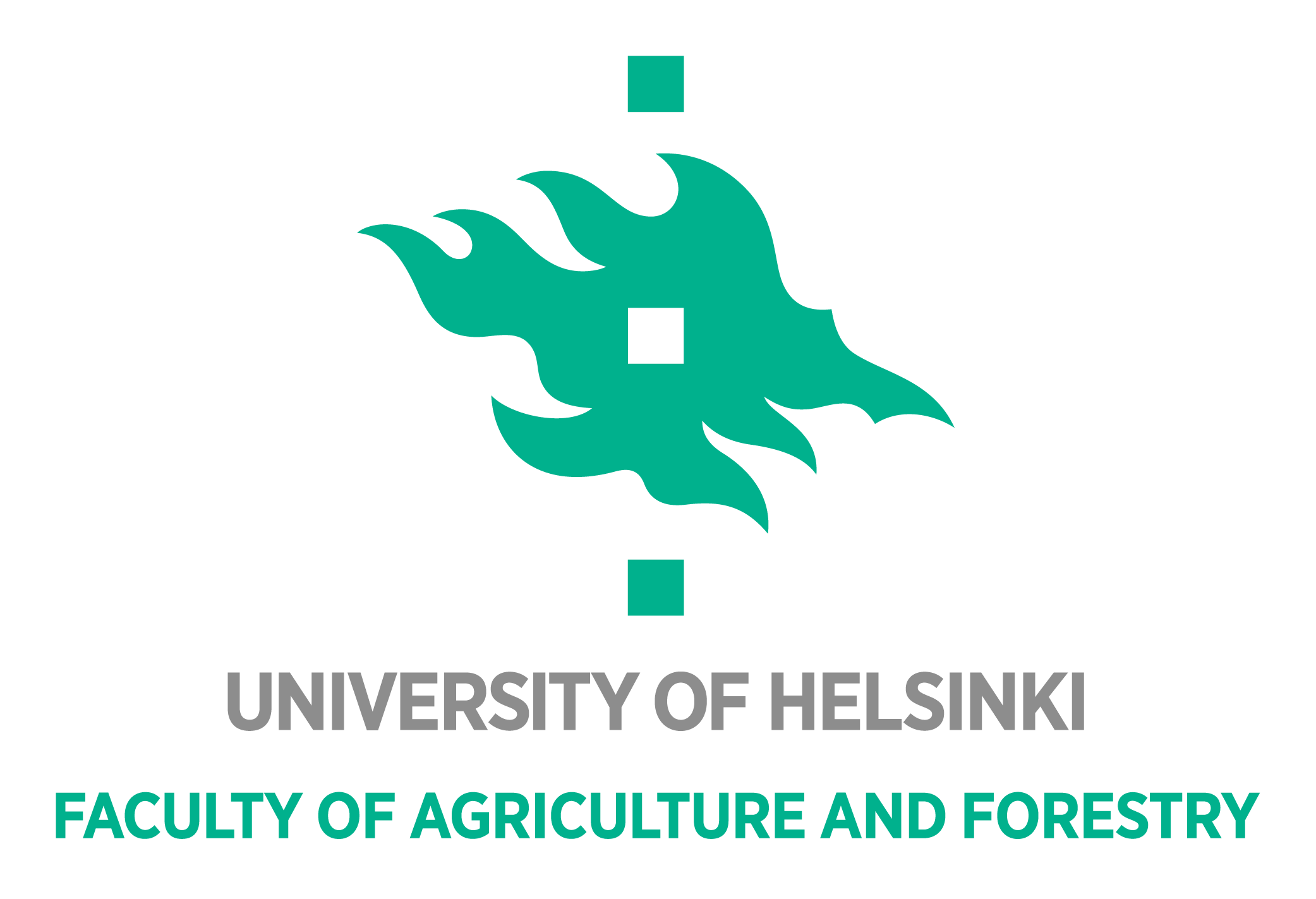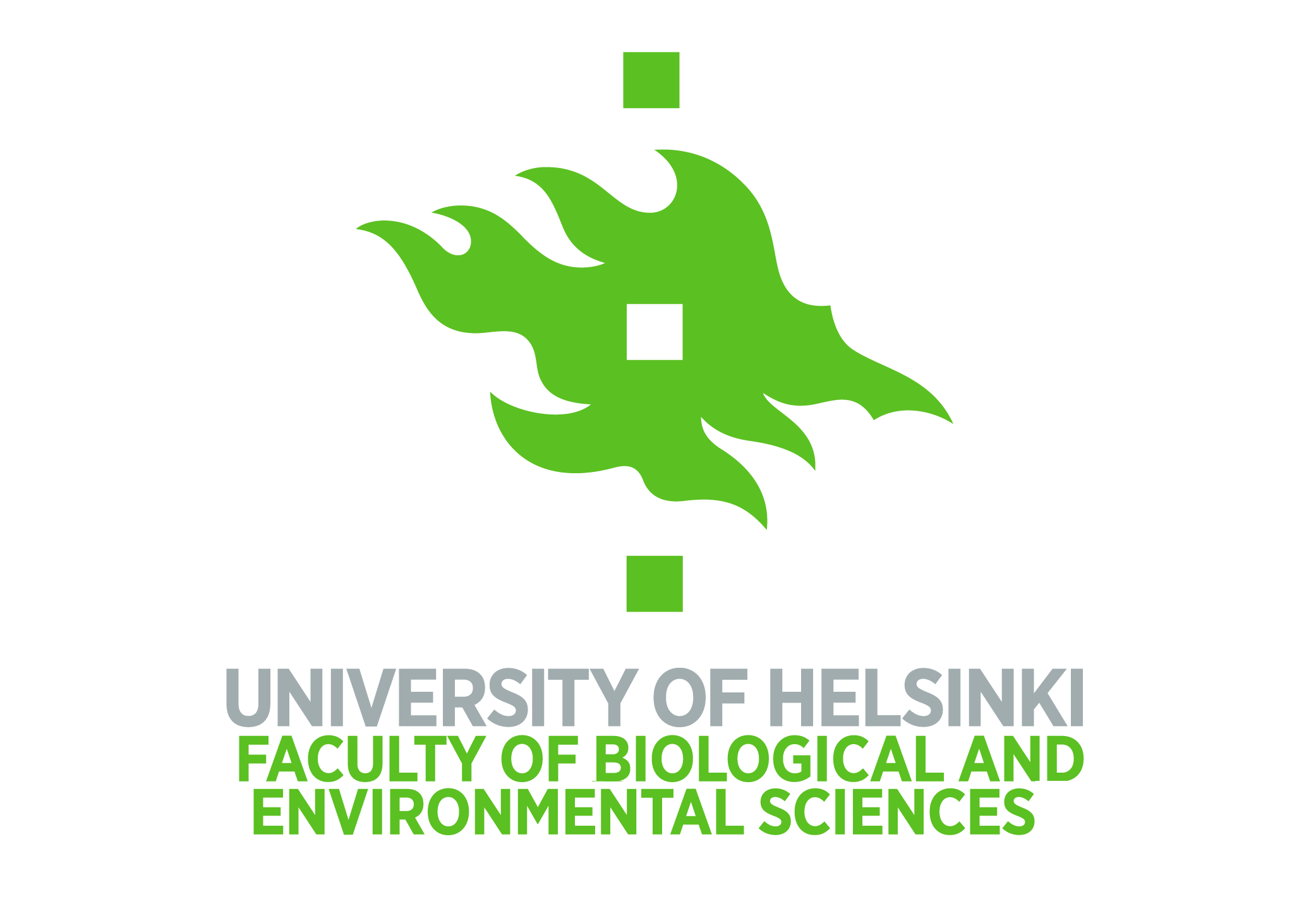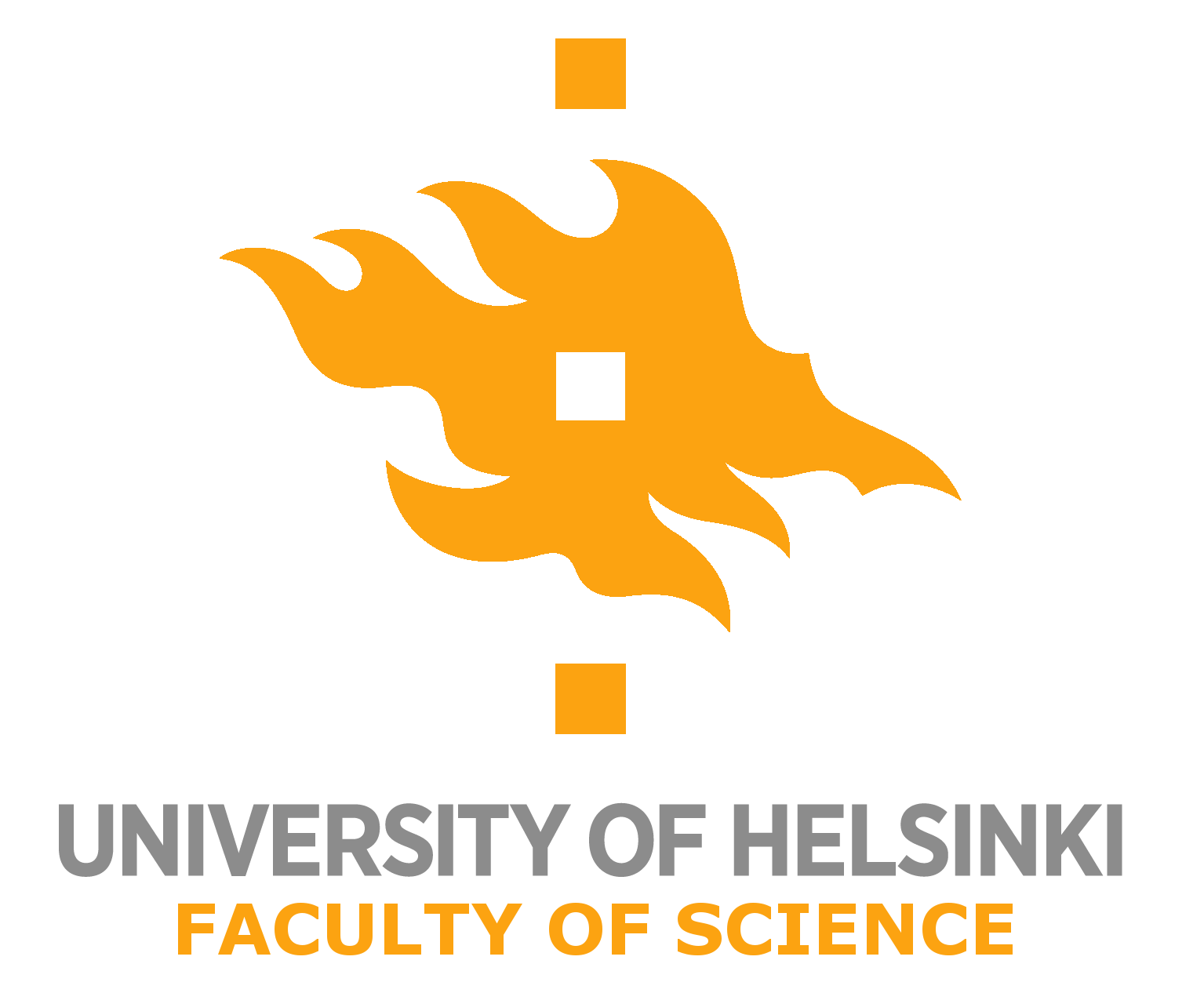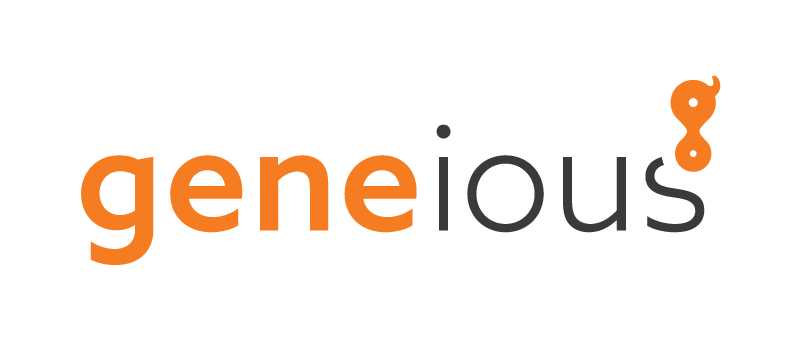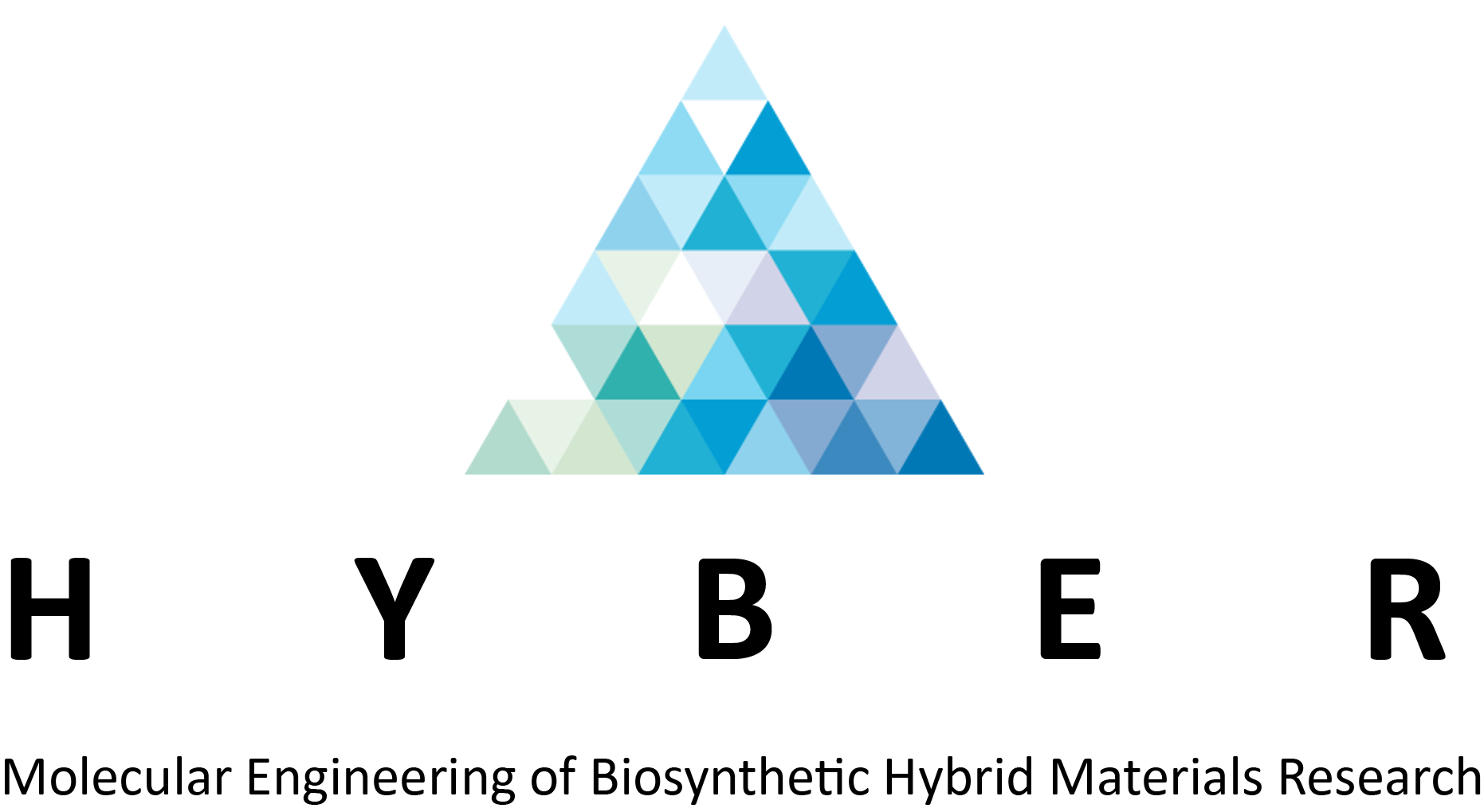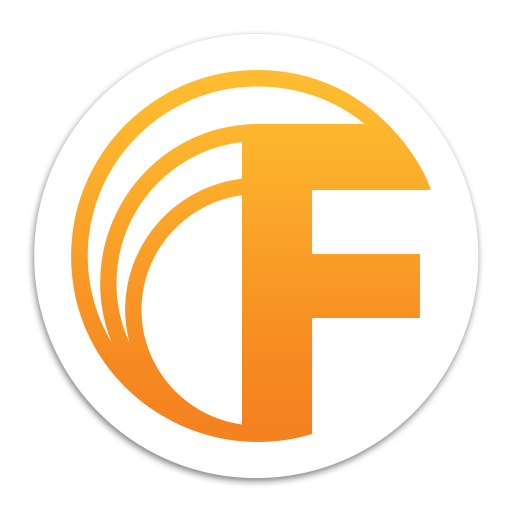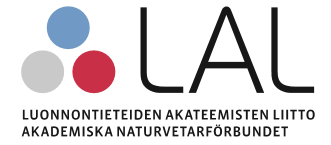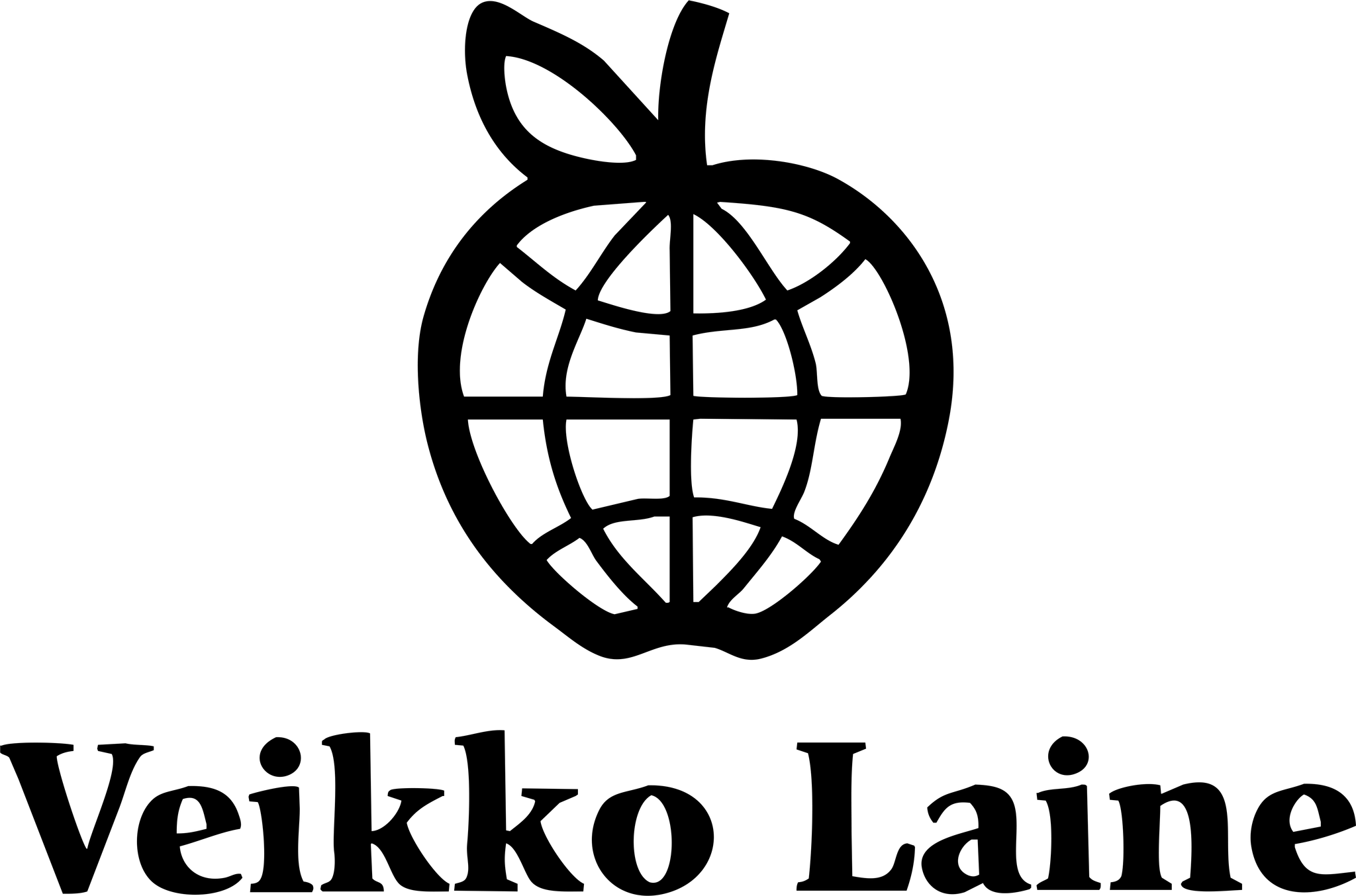| Line 787: | Line 787: | ||
$(window).scroll(function() { | $(window).scroll(function() { | ||
| − | for (var i = links.length-1; i >= | + | for (var i = links.length-1; i >= 1; i--) { |
if ($(this).scrollTop() > $(h1s[i]).offset().top - 70) { | if ($(this).scrollTop() > $(h1s[i]).offset().top - 70) { | ||
Revision as of 06:24, 18 October 2016
<!DOCTYPE html>
PEOPLE
Team Members
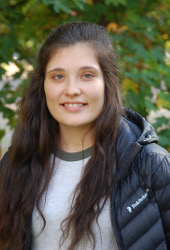
Emilia Broman
Bioinformation Technology at Aalto University
In the beginning of the project I did a lot of fundraising and budgeting to make sure that the economical side of the project was taken care of. That followed by many hours spent on coding the CollabSeeker. I have also taken care of the visual part of our project, designing our wiki, posters etc. And finally, thanks to the InterLab study I did not have to spend the whole summer staring at my laptop!
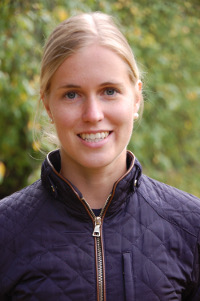
Hele Haapaniemi
Biosystems and Biomaterials Engineering at Aalto University
I have been doing mostly research and lab work related to the detection part of our project. Especially yeast transformations and catalase assays have become familiar during the summer. Besides this I have been presenting our project to many companies and tried to learn to code our wiki page.
I wanted to experience something new and learn more about synthetic biology. Work in a research project that is planned and realized by only ourselves sounded cool. And it was!
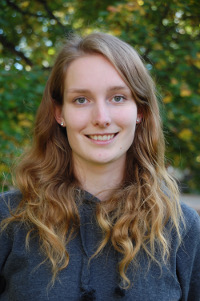
Saara Hiltunen
Bioinformation Technology at Aalto University
I was kind of a jack of all trades in the team. The beginning of the summer I mostly concentrated on funding and organizing our trips to Stockholm and Paris. Since then my responsibilities have also included coding wiki and Collabseeker, designing and some lab stuff.
I joined iGEM because it is a great opportunity to apply my interdisciplinary studies in the field of synthetic biology and learn loads of new things.
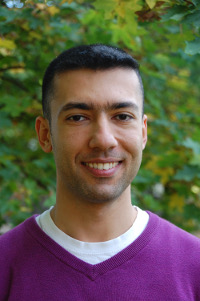
Rashad Ismayilzada
Bioinformatics at Aalto University
Firstly, I joined iGEM to learn more about biology and lab work. Secondly, I wanted to participate in a project that incorporated in itself multifarious activities - fundraising, business development, research, lab work, modeling, programming, public outreach and whatnot - which iGEM did.
My main contribution was helping to gather sufficient funds for the team and I can proudly say that we managed to do it well. Simultaneously, I was involved in human practices and public outreach.
Also, I got to do some lab work and was in charge of the Interlab study. Last but not least, I tried to keep the team spirit high just by being me, i.e. most whimsical member of the team.
I would say in iGEM I learned to be more patient and rediscovered the meaning of perseverance.
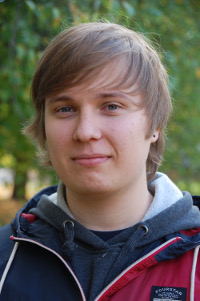
Antti Koistinen
Biotechnology at Aalto University
Mostly, I have been working in the lab with many projects including fluorescent protein testing in yeast and constructing our biobricks. I also did some modelling since somebody needs to teach biology to the mathematicians.
When I heard that you could be part of research project where designing and execution is done by students I knew this is something I want to part of. Little bit more researching about previous year's iGEM projects, synthetic biology and its opportunities got me completely hooked.
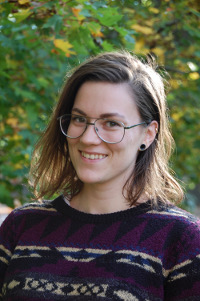
Laura Laiho
Molecular Biosciences at the University of Helsinki
In the research and lab I constituted one half of the degradation team. Outside the lab I, as our team captain, tried to keep everything on track and make sure that we were getting stuff done. I also got to hold presentations to companies and drew the pictures for our introduction video.
I joined iGEM because I wanted to do something awesome and learn new stuff and see what a team full of students can achieve - a lot apparently!
I came to iGEM knowing quite little about synthetic biology, but now I am confident that my future career will be in this field of science.
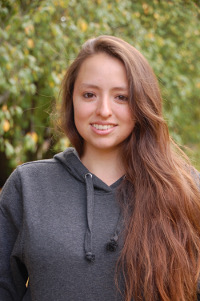
Nidia Obscura
Mathematics at the University of Helsinki
I worked on the modelling of the detecting mechanism of our project. I modelled mathematically the potential activity of our promoters and their mechanisms through a theoretical model and some simulations.
I joined IGEM to learn more about the state of the art in synthetic biology and how mathematics could be of help in a task -I thought- so distant. I was pretty excited of applying my knowledge in a very interdisciplinary team.
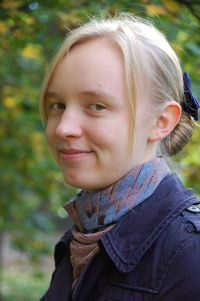
Pihla Savola
Biotechnology and chemical technology at Aalto University
My main responsibility has been to make sure everything is moving forward in the lab. This has meant lots of lab planning, background research and experiment design, as well as making sure lab work is distributed and everyone knows what to do. And of course, plenty of actual lab work too!
I wanted to work on an independent research project where I’d get to apply what I know and do lots of problem-solving, so a student-driven team project seemed like a good fit. And I wanted to learn more about synthetic biology, which made the match even better!
There had been lots of challenges during the project, but for me, getting to tackle those challenges has been the best part of iGEM by far. This experience has made me certain that in the future, I definitely want to keep pushing myself and not settle for the easiest route if there’s another option that allows me to keep learning new, interesting things!
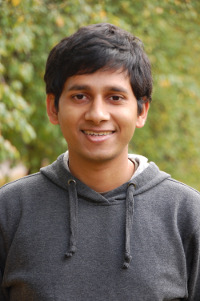
Snehadri Sinha
Molecular Biosciences at the University of Helsinki
I have been doing research and working in the lab, producing the degradation enzyme - it has been a summer of making growth media and gels and much more. Other than that, I worked on our presentations and the project video.
I heard about iGEM at a time when I was looking for innovative research projects. Moreover, the opportunity to work in a trendy field like synthetic biology and that too in a student-led team seemed too good to miss so I went ahead and applied! Easily the best decision I have taken this year.
During the long hours spent in the lab I have learnt much about time management and planning. I am more confident in my practical skills now and I acquired a newfound enthusiasm for facing challenges. The meetups during the summer have shown me first-hand the importance of networking and collaborations.
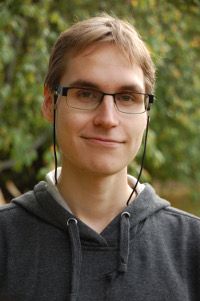
Jami Valorinta
Mathematics at the University of Helsinki
In the team I’ve mostly been doing everything related to computers. In the beginning of the summer, I updated our website at aaltohelsinki.com. Then a lot of time went into the server-side programming of the CollabSeeker. After that, I was responsible for coding WikiFire+ for the wiki team, while also helping out with the front-end development. As a math major, I was also pretty deeply involved with the modelling and computer simulations. And I was even let into the lab a few times! It was nice to try my hand at plating and other common lab procedures.
Spring 2016. I saw a poster in the hallway of Kumpula, the natural sciences campus of the University of Helsinki. It was advertising a synthetic biology competition I had never heard about. At the time I didn’t have a very clear idea what synthetic biology even was, but the poster was calling for mathematicians with programming experience, and I was looking for something challenging to do during the summer, so I decided to apply to this “iGEM”.
During the summer, I’ve solidified my programming skills, learned the process of mathematical modelling from the ground up, tried my hand at lab work, and gotten a little taste of real research work. That’s not to even mention the indoor surfing, wall climbing, room escaping and other fun stuff we did during the summer. This has definitely been a formative experience.
Detailed team member descriptions can be found on our Aalto-Helsinki blog! Visit blog.aaltohelsinki.com
Advisors
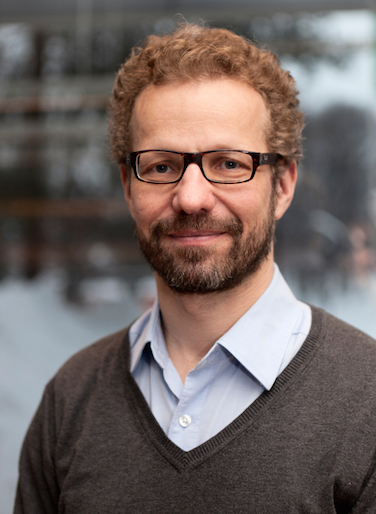
Markus Linder
Aalto University
Our mentor, Markus Linder, is a professor leading Biomolecular materials group at Aalto University in the department of Biotechnology and Chemical technology. He has been mentoring also previous Aalto-Helsinki teams so he knows what he is doing.
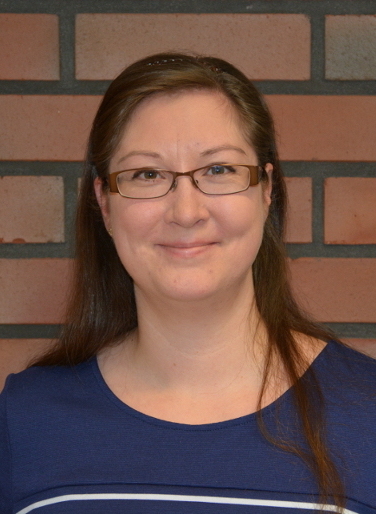
Heli Viskari
Aalto University
Our instructor, Heli Viskari, is a teacher at Aalto University and works in Markus’ group. She has been helping us with various everyday problems – such as PCR troubleshooting. Also she has experience from helping other iGEM teams.
“ Cyanobacteria range in size from 0.5 to 60 micrometers in diameter which represents one of the largest prokaryotic organism. ”
Acknowledgements
We would like to start with thanking Markus Linder , the primary PI of our project. He has been there for us right from the start, introducing us to the ways of iGEM and guiding us through the brainstorming and initial research stages. He helped us get in touch with experts and also arranged for some of our funding. We held weekly meetings with him almost during the whole project and got valuable advice on many matters. During different stages of the project we had several ideas on which direction to proceed in - he helped us recognize the more important things to focus on. He has also encouraged independent thinking amongst ourselves to maintain the student-driven aspect of the project. Lately, he has helped us a lot in preparing for the Giant Jamboree. His support has been invaluable in our iGEM journey.
Heli Viskari was our instructor and also there for us from the beginning. She answered all questions related to the lab and also arranged the lab space for us - so important for carrying out for our experiments! She helped with the FACS instrument and setup. She also regularly gave her input on our results and the progress of our project.
Merja Penttilä (VTT) encouraged us to think outside the box in our brainstorming sessions. As the secondary PI of our project, she gave us advice and direction when designing our project idea.
We had the opportunity to talk to Kaarina Sivonen and her cyanobacteria research group at the University of Helsinki. They really helped us by answering our questions, providing us with the cyanobacteria we used in our experiments and by analysing our enzyme activity samples. We were in contact especially with David Fewer , who is a researcher at the group. He helped us in planning the project and provided useful research articles. With his input we were able to design and carry out various laboratory experiments. Also, the group’s laboratory technician, Matti Wahlsten , helped us tremendously and we are very grateful to him for analysing all of our enzyme activity samples (there was a lot of them). He also gave us the safety training concerning working with the toxins and the cyanobacteria and how to handle and dispose of them. Without Matti’s help, we would have had to come up with some different way of analysing the enzyme activity in our samples, which most likely would have given us less time to spend on doing other things in the lab. As a gesture of thanks we decided to name the main character in our introduction video as Matti.
Jussi Jäntti
(VTT) attended many of our brainstorming sessions and advised us, especially on the use yeast as a chassis. He also gave advice on designing transporters and the choice of fluorescent protein for the detection.
Alexander Frey
(Aalto University) helped solve many of our problems related to yeast. He advised on signal sequences for our construct design. He also helped us with the choice of yeast strain and provided us with protocols for some of the yeast lab work.
Pezhman Mohammadi
(Aalto University) was the go-to person whenever we faced problems with protein work, be it in the practical work or designing the experiment. He gave us useful advice on protein purification and helped choose parameters for FPLC. He advised us on homology modeling, codon optimization for the enzyme production, and also helped order the enzyme constructs.
Dominik Mojzita
(VTT) gave us advice related to stress reactions and yeast strain choices. He provided valuable input on yeast stress response, choice of linkers, enzyme activity controls, and also suggested the use of FACS.
Mari Piirainen
(Aalto University) helped us with practical problems related to yeast, and also taught us how to use FACS.
Anssi Rantasalo
(VTT) helped us with designing our transporter constructs and gave general advice on FACS and analyzing the results.
Merja Oja
(VTT) introduced us to the field of modelling and helped give direction to our modellers.
Jorg de Ruijter
(Aalto University, formerly) helped us tremendously with various everyday problems, especially with yeast-related work. He gave us yeast protocols and answered our questions about them, and advised on things to take into account in designing several of our yeast experiments. He also gave advice on yeast strains, plasmids, and designing the genome integration of the transporters.
Pezhman Mohammadi
(Aalto University) was the go-to person whenever we faced problems with protein work, be it in the practical work or designing the experiment. He gave us useful advice on protein purification and helped choose parameters for FPLC. He advised us on homology modeling, codon optimization for the enzyme production, and also helped order the enzyme constructs.
Georg Schmidt
(Aalto University) has answered our questions relating to DNA constructs design, and was the go-to person for any questions on cloning. He also helped us with PCR troubleshooting and advised on things to take into account with our microplate reader assay.
Dominik Mojzita
(VTT) gave us advice related to stress reactions and yeast strain choices. He provided valuable input on yeast stress response, choice of linkers, enzyme activity controls, and also suggested the use of FACS.
Mari Piirainen
(Aalto University) helped us with practical problems related to yeast, and also taught us how to use FACS.
Anssi Rantasalo
(VTT) helped us with designing our transporter constructs and gave general advice on FACS and analyzing the results.
Merja Oja
(VTT) introduced us to the field of modelling and helped give direction to our modellers.
Ion Petre
(Åbo Akademi) oriented us further into modelling and provided us with helpful example programs and models for our project.
Sami Havukainen
(Aalto University) gave valuable advice us on choice of yeast strain and cloning, especially with Gibson assembly.
Filip Mollerup
(Aalto University) gave input on ideas for scaling up enzyme production when we were developing our project idea, and later on in the project suggested ways to improve enzyme purification.
Salla Virtanen
(Aalto University) showed how to use the microplate reader and gave advice on setting up our microplate reader fluorescence assay.
Martina Ikonen
(Aalto University) also advised us on the setting up the microplate reader assay and helped to develop and improve it.
Ekaterina Osmekhina
(Aalto University) gave additional advice on parameters for the microplate reader, and informative ways to plot fluorescence measurement data.
Bart Rooijakkers
(Aalto University) advised us on the choice of linkers and plasmids to use.
Sesilja Aranko
(Aalto University) gave some general advice about designing and ordering DNA constructs.
Christopher Jonkergouw
(Aalto University) helped us with sequencing.

